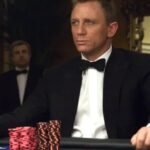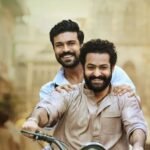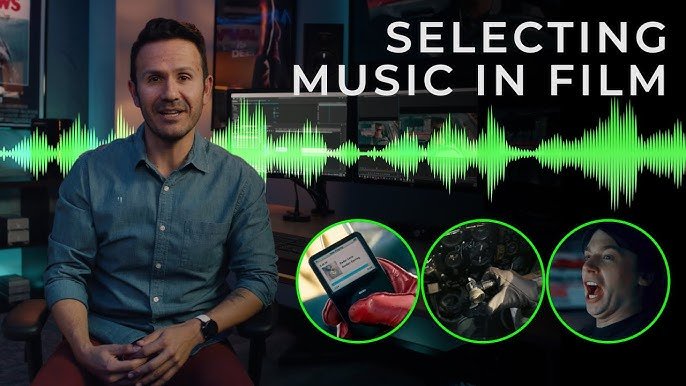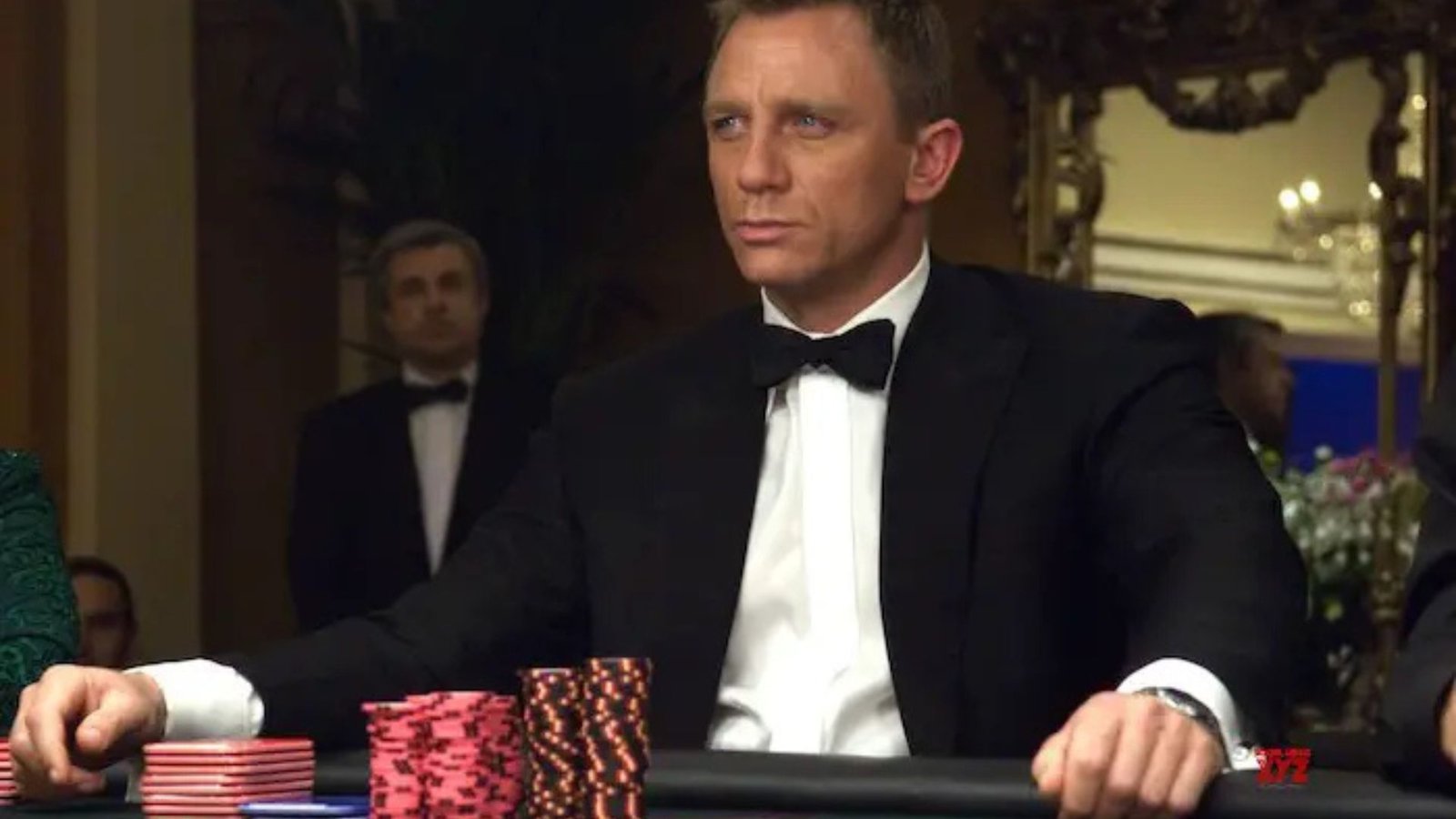Music and film are inseparable in their ability to evoke emotions and tell stories. Movie scores—composed to complement and enhance the narrative of films—have not only left lasting impressions on audiences but have also shaped popular music trends across generations. From grand orchestral themes to innovative electronic compositions, film scores have transcended their cinematic origins to influence mainstream music, inspire artists, and even define entire genres.
This post delves into how movie scores have impacted popular music trends, showcasing their role in shaping the cultural landscape of music and film alike.
1. Bridging Classical and Popular Music
In the early 20th century, movie scores introduced audiences to symphonic and orchestral compositions, which were primarily associated with classical music. Composers like Max Steiner (Gone with the Wind) and Bernard Herrmann (Psycho) brought classical techniques to film, creating iconic themes that reached audiences who may not have been exposed to classical music otherwise.
This crossover led to a renewed interest in orchestral music, inspiring popular musicians to incorporate lush string arrangements and dramatic crescendos into their work. Artists like The Beatles and Queen often drew from cinematic orchestration, blending classical elements with rock and pop to create timeless hits.
2. The Rise of Theme Songs in Pop Culture
Theme songs from movies have often become chart-topping hits, influencing popular music and embedding themselves into cultural memory. The James Bond series, for example, has a long history of iconic theme songs, such as Shirley Bassey’s “Goldfinger,” Adele’s “Skyfall,” and Billie Eilish’s “No Time to Die.” These songs seamlessly blend cinematic grandeur with contemporary music styles, making them staples in both film and music industries.
Similarly, Disney animated films like The Lion King and Frozen have produced hit songs that dominate popular music charts. Elton John’s “Can You Feel the Love Tonight” and Idina Menzel’s “Let It Go” are prime examples of how movie music can shape mainstream trends, influencing everything from karaoke playlists to live performances.
3. Pioneering Electronic and Synth Sounds
The 1970s and 1980s saw a revolution in film scoring, with composers like Wendy Carlos (A Clockwork Orange) and Vangelis (Blade Runner) introducing electronic and synthesizer-driven soundscapes. This innovation not only transformed movie scores but also had a profound impact on popular music.
Synth-heavy soundtracks like those from Tron and Chariots of Fire inspired the rise of synthwave and electronic pop genres, which continue to influence artists today. Bands like Daft Punk and The Weeknd draw heavily from the retro-futuristic vibes of these cinematic compositions, blending nostalgia with modern production techniques.
4. Hip-Hop and R&B Influences from Film Scores
In the 1990s, hip-hop and R&B artists began to sample movie scores, using cinematic elements to elevate their music. Producers like Dr. Dre incorporated orchestral strings and dramatic motifs into tracks, creating a bridge between urban music and the grandeur of film.
Soundtracks like The Bodyguard, featuring Whitney Houston’s “I Will Always Love You,” and Space Jam, with its mix of R&B and hip-hop hits, showcased how film scores and soundtracks could dominate popular music. These collaborations also paved the way for artists to experiment with storytelling in their music, often mirroring the narrative depth of movies.

5. The Blockbuster Effect on Music Trends
Blockbuster movies often bring with them equally iconic soundtracks that leave a mark on popular culture. John Williams’ scores for Star Wars and Jurassic Park are not only memorable but also set the standard for epic, sweeping musical themes. These compositions influenced other media, from video games to pop songs, as artists sought to replicate their grandeur.
The rise of Marvel and DC superhero films has further cemented this trend, with composers like Hans Zimmer (The Dark Knight) and Alan Silvestri (The Avengers) creating scores that inspire both cinematic and musical worlds. The emotional weight of these scores often spills into pop culture, influencing artists to create similarly powerful and evocative music.
6. Movie Scores as Standalone Music
In recent years, movie scores have increasingly been recognized as standalone music, with composers like Hans Zimmer, Ennio Morricone, and Ludwig Göransson achieving mainstream popularity. Their compositions are performed in concerts, streamed on platforms, and used as inspiration for other artists.
For example, Zimmer’s Inception score, particularly the track “Time,” has been widely sampled and covered by artists across genres, from electronic music to orchestral renditions. The ability of movie scores to resonate beyond their original context demonstrates their influence on music trends and their enduring appeal.
7. The Role of Streaming and Social Media
Streaming platforms and social media have amplified the reach of movie scores, allowing them to influence global music trends more than ever. Viral moments, such as TikTok trends featuring themes from Interstellar or The Mandalorian, introduce younger audiences to cinematic music. This exposure not only boosts the popularity of movie scores but also encourages artists to incorporate cinematic elements into their music.
Conclusion
The impact of movie scores on popular music trends is undeniable. From bridging classical and popular music to pioneering electronic sounds, and from inspiring chart-topping hits to defining entire genres, film scores have shaped the way we experience and create music. As technology continues to evolve and new generations of composers and musicians emerge, the relationship between movie scores and popular music will undoubtedly grow stronger, creating new opportunities for artistic collaboration and innovation.











